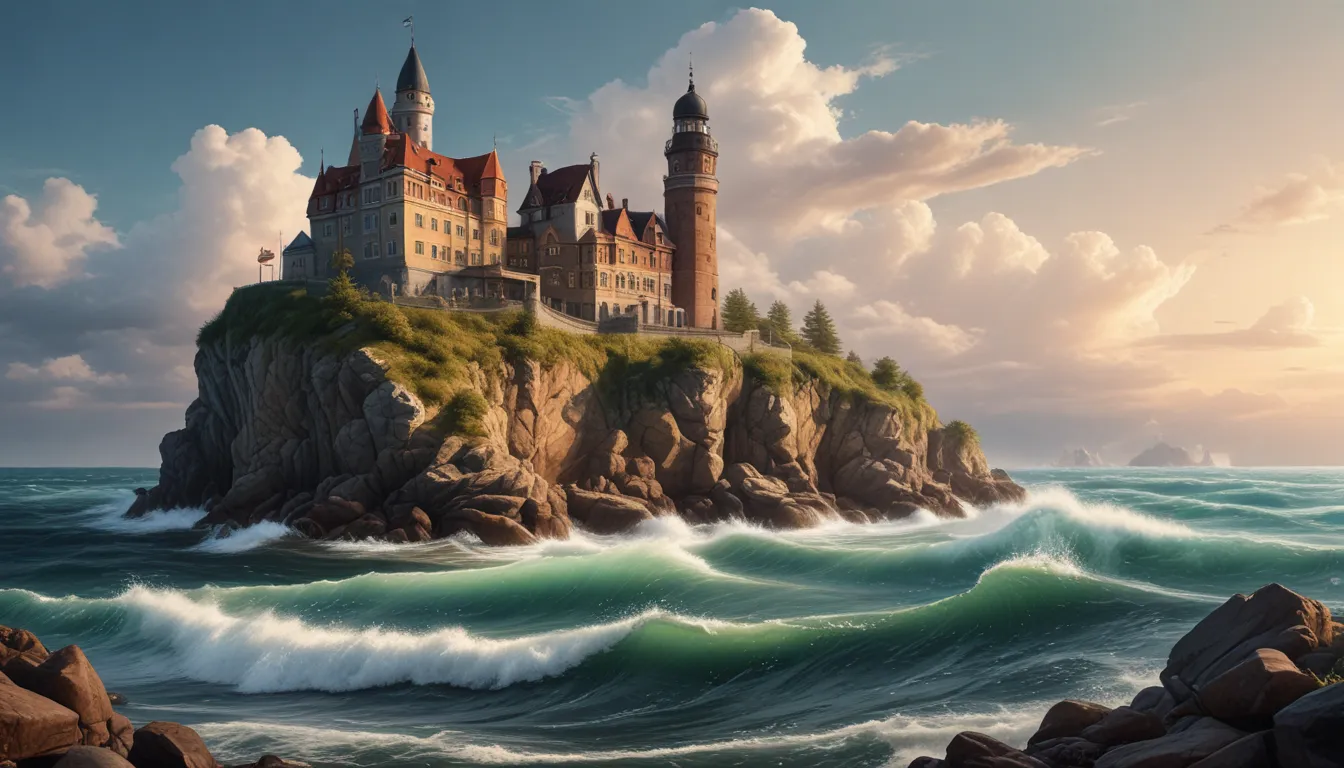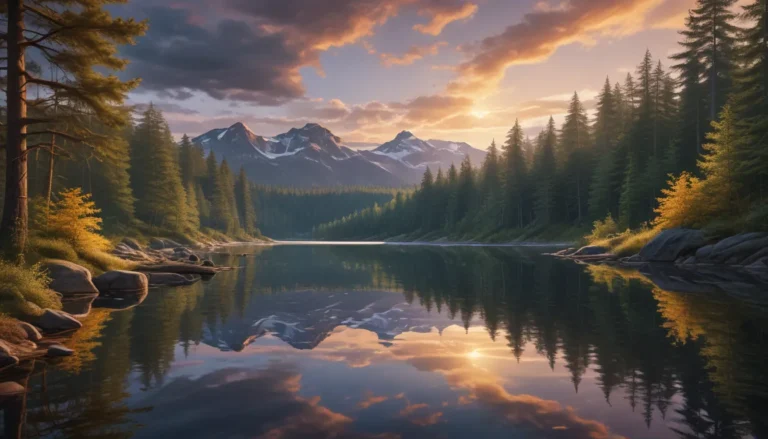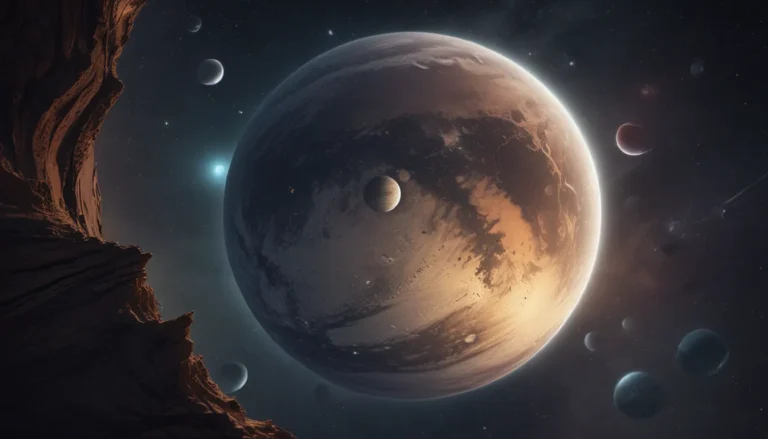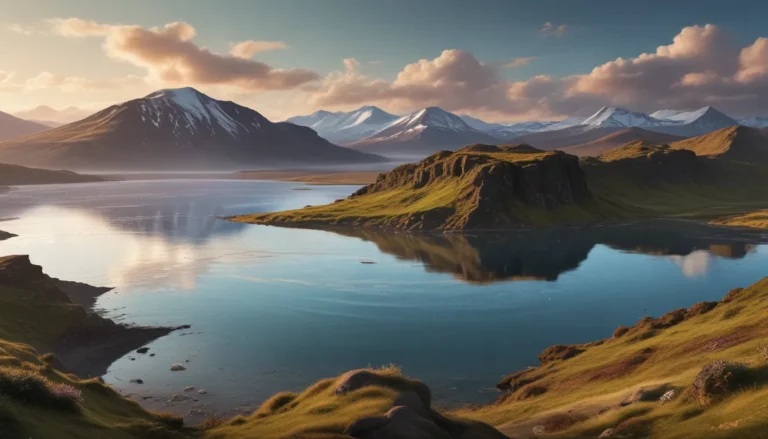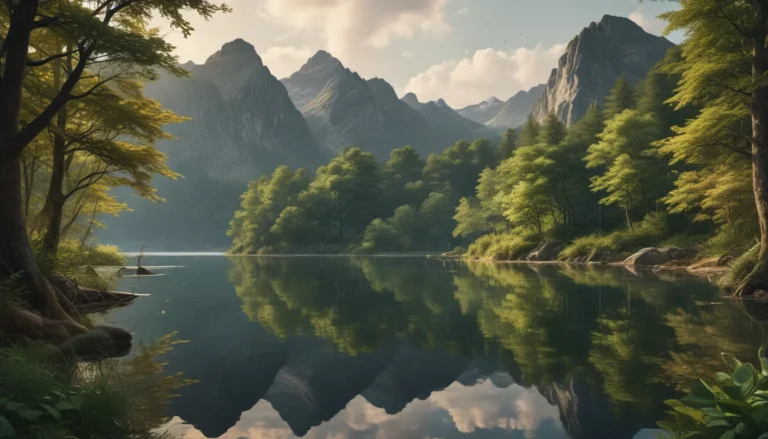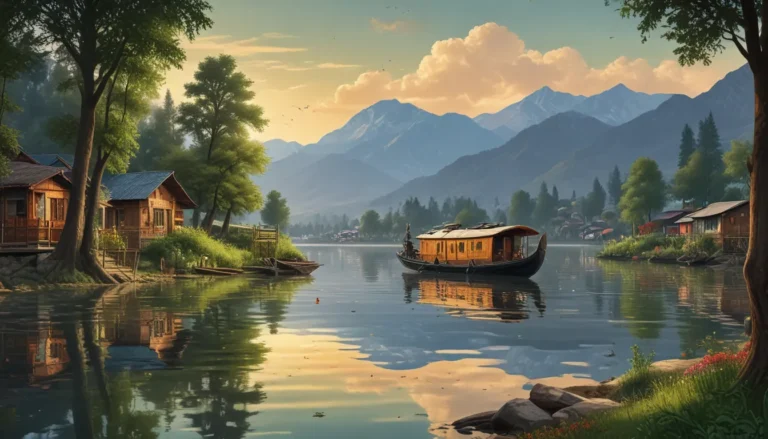The pictures we use in our articles might not show exactly what the words say. We choose these pictures to make you interested in reading more. The pictures work together with the words but don’t take their place. The words still tell you the important facts.
Welcome to the captivating world of the Baltic Sea, a unique body of water located in Northern Europe that holds a treasure trove of mysteries and surprises. Spanning across several countries such as Denmark, Sweden, Finland, Germany, Poland, and Russia, the Baltic Sea is not just a geographical and economic hub but also a source of endless fascination. In this article, we will embark on a journey through the depths of the Baltic Sea to uncover ten astonishing facts that will leave you in awe of its wonders. So, let's dive in and explore the enchanting Baltic Sea together.
The Baltic Sea: A Wondrous Brackish Wonderland
The Baltic Sea stands out as the largest brackish water body in the world, stretching across approximately 377,000 square kilometers in Northern Europe. What makes this sea truly remarkable is its unique composition of both saltwater and freshwater, creating a one-of-a-kind ecosystem that is home to over 2,000 species of marine life.
A Diverse Marine Habitat
The Baltic Sea boasts a rich and diverse marine habitat, supporting a wide array of fish, mammals, birds, and invertebrates. With over 2,000 different species calling this sea home, it is a haven for biodiversity. However, the ecosystem faces challenges such as nutrient pollution and climate change, leading to the emergence of vast dead zones that threaten marine life.
The Enigmatic Brackish Water Gradient
One of the most intriguing features of the Baltic Sea is its brackish water gradient, where salinity levels vary across different parts of the sea. This gradient has given rise to distinct ecosystems and habitats, showcasing the sea's unparalleled diversity and complexity.
A Vital Shipping Route
With its strategic location, the Baltic Sea serves as a crucial shipping route, connecting countries in Northern Europe to the global market. It plays a pivotal role in the transportation of goods, fuels, and resources, contributing significantly to the region's economy and trade.
Coastal Charm: Nine Countries, One Sea
Surrounded by nine coastal countries including Sweden, Finland, Russia, Estonia, Latvia, Lithuania, Poland, Germany, and Denmark, the Baltic Sea is a melting pot of cultures and histories. Each country contributes to the rich tapestry of the region, adding to the sea's allure and charm.
Shallow Depths and Stunning Archipelagos
Despite its vast expanse, the Baltic Sea has an average depth of around 55 meters, making it relatively shallow compared to other major seas. The sea is adorned with breathtaking archipelagos, featuring clusters of islands and skerries that offer picturesque landscapes and popular tourist destinations.
A Legacy of Conflict and Naval Battles
Throughout history, the Baltic Sea has been a battleground for significant conflicts and naval clashes. From ancient times to the modern era, various powers have sought control of this strategic waterway, leaving behind a legacy of historical intrigue and naval prowess.
Facing the Challenges of Climate Change
Like many other bodies of water, the Baltic Sea is not immune to the impacts of climate change. Rising temperatures, intensified storms, and sea-level rise pose threats to the delicate ecosystem and coastal communities, highlighting the need for conservation and sustainable practices.
FAQs: Unveiling More Secrets of the Baltic Sea
- Formation of the Baltic Sea: The Baltic Sea was formed around 10,000 years ago as a result of glacial movements during the last Ice Age, creating a unique water body with a mix of saltwater and freshwater.
- Marine Life: The Baltic Sea is home to a diverse range of marine life, including fish, seals, and seabirds, although pollution and eutrophication have posed challenges for its inhabitants.
- Geological Features: The Baltic Sea is characterized by thousands of small islands and archipelagos, a result of glacial activity that provides visitors with picturesque landscapes to explore.
- Cultural Significance: The Baltic Sea has played a pivotal role in shaping the history and culture of surrounding countries, influencing trade routes, maritime traditions, and historical events.
- Swimming in the Baltic Sea: Yes, you can swim in the Baltic Sea, but be mindful of cold water temperatures, especially during winter months, and follow safety regulations when taking a dip.
As we conclude our journey through the wonders of the Baltic Sea, we invite you to continue your exploration of fascinating destinations like Klaipeda in Lithuania and Kronborg Castle in Denmark. Each place holds its own unique stories and treasures, waiting to be discovered by curious travelers like yourself. Embrace the spirit of adventure and immerse yourself in the beauty and history of these remarkable locations. So, where will your next adventure lead you? Let the Baltic Sea's magic inspire your wanderlust and guide you on a journey of discovery and wonder.
